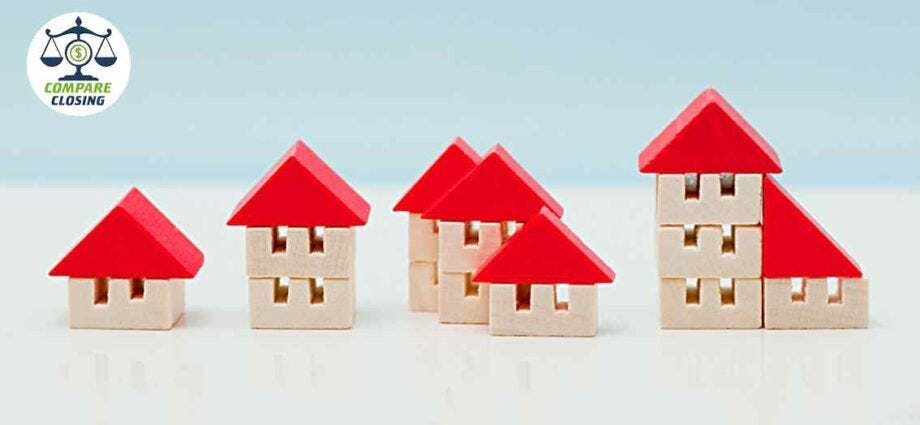
The top mortgage type for you is one you can live with for as long as you live in the home. The most common types of mortgages are Conventional mortgages of 15 or 30 years, adjustable-rate mortgages, FHA loans, VA loans, and jumbo loans.
DETERMINE HOW MUCH HOUSE YOU CAN AFFORD
Before you consider the type of mortgage you need, you should plan out how much you can afford. Our mortgage calculator can help you approximate the monthly payment for different loan types and interest rates. You may perhaps want to talk with a real estate agent or lender about your budget as well.
UNDERSTAND THE TOTAL COST OF THE HOME
The entire cost of a home is more than just the listing price. You might also need to pay for closing costs, the down payment, and moving expenses. These differ by state but can be between $1,100 — $29,000.
You will also have monthly mortgage payments, which should contain interest and property taxes and homeowners insurance if you don’t already have a policy.
In addition to these basics are additional fees that come with buying your homes, such as appraisal or inspection costs. Again, this differs depending on where you live, so it’s essential not to go into this blind.
HOW FINANCIALLY STABLE ARE YOU?
It’s necessary to understand your financial stability before jumping into a mortgage commitment. If you aren’t in a good place, it’s best to wait till the time your income is higher before committing to this type of debt.
It could be tricky for some people who have more than one loan or are still paying off student loans, making them not capable to afford the larger monthly payments associated with buying a home.
If you feel financially steady and stable enough to buy a home and your job prospects seem secure, it’s probably a good idea. But if things are unsteady at work, you’re unhappy in your job, or you don’t feel secure financially, it might be best to wait a bit.
WHEN MIGHT YOU MOVE?
If you think you’ll be moving in a couple of years, it might make more sense to rent or look at an adjustable-rate mortgage.
But if you’re preparing on staying in the home for the long term, a 30-year fixed mortgage might make a ton of sense for you.
PLAN TO SAVE FOR YOUR UPFRONT COSTS
There are quite a few upfront costs you’ll run into while buying a home: the down payment, your mortgage insurance premium, and taxes, to name a few of the big ones.
So it’s helpful to find a savings goal ahead of time to cover these upfront costs.
For instance, if you plan to put 20% down on the home and you have a $250,000 purchase price that means your upfront costs will be at least $50,000.
There’s an easy way to find out what you can afford: the 28% rule of thumb.
It says that your monthly housing expenses should total no more than 28% of your gross monthly income.
So, for instance, if your gross monthly income is $5,000 a month, you’ll want to total the mortgage, property taxes, and PMI (private mortgage insurance) of the house you want.
Your monthly mortgage payment should total less than $1400 a month by means of this formula.
GO FOR THE RIGHT MORTGAGE TERM
The majority of people buy homes by paying with a mortgage. There are various lengths of time you can have the mortgage.
A number of people choose to pay more interest and get a 30-year loan, while others would somewhat have a 15-year loan with higher payments but pay less interest.
You can also get shorter and longer terms than that; it just depends on what your lender is giving. The goal here, though, is to decide the mortgage term that will be best for you.
Reference Source: DoughRoller
https://www.compareclosing.com/mortgagenews/tips-to-decide-the-best-mortgage-type-for-you/
Comments
Post a Comment